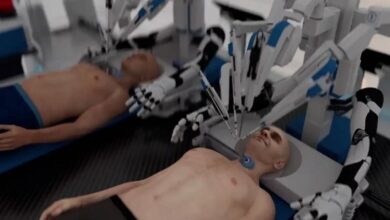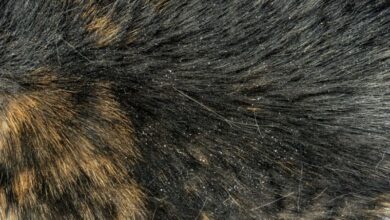Stanford Experiment Reveals How Doritos Food Dye Turns Mice Transparent

[ad_1]
Scientists have achieved a groundbreaking technique to view inside the body using a common yellow food dye found in Doritos.
Researchers at Stanford University have successfully used tartrazine, the chemical in the dye, to make mice see-through, revealing their blood vessels, muscle fibres, and gut contractions.
This technique, reported in the journal Science, involves applying a tartrazine solution to the mice’s skin, which temporarily transforms their skin into a transparent window.
Adam Wax from the National Science Foundation, a supporter of the research, called the results astonishing, marking a significant advancement in optics.
The method could potentially revolutionise biological research by allowing scientists to observe brain activity and diagnose internal conditions without invasive procedures.
Guosong Hong, a Stanford materials scientist and co-leader of the study, highlighted its potential applications in detecting deep-seated tumours and refining cosmetic treatments.
Despite its magical appearance, the process is rooted in the science of optics.
Tartrazine reduces light scattering in tissues, making them transparent by altering how light refracts.
This concept is reminiscent of H.G. Wells’ fictional “Invisible Man,” where light refraction is manipulated to achieve invisibility.
Initial experiments showed that chicken slices soaked in tartrazine became clear, and applying the dye to mice skin revealed their internal organs.
The dye does not cause significant harm and is easily washed off, returning the tissue to its normal state.
Although the technique is not yet tested on humans, its potential to revolutionise medical imaging and research is significant.
The next steps involve identifying other dyes that might work at lower doses and eventually testing this method on human tissues, pending ethical approvals.
[ad_2]






